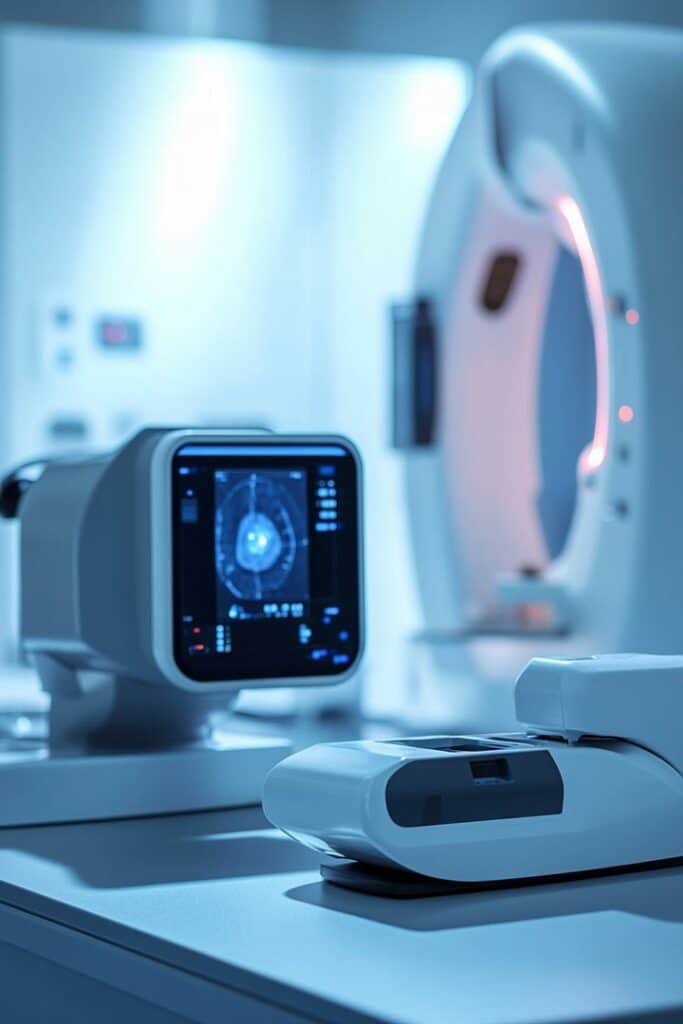Introduction
Thulium: The Rare Earth Element for Laser Precision and X-Ray Technology
Thulium is one of the rarest and least abundant of the rare earth elements, valued for its unique properties in laser and medical imaging applications. Known for its stability and the precision it brings to high-tech devices, Thulium plays an important role in surgical lasers and portable X-ray systems. This silvery-gray metal is especially useful in creating lightweight and energy-efficient medical devices, making it a valuable resource in modern healthcare. Despite its scarcity, Thulium’s specialized applications in medicine, nuclear science, and electronics underscore its importance in advancing technology and improving patient care.
History/Discovery
Discovering Thulium: A Milestone in Rare Earth Chemistry
Thulium was discovered in 1879 by Swedish chemist Per Teodor Cleve, who isolated it from the mineral erbia. Named after “Thule,” an ancient name for Scandinavia, Thulium remained a laboratory curiosity for many years. Due to its rarity and the difficulty of extracting it, practical uses for Thulium were limited. However, in the 20th century, scientists identified its value in laser technology and portable X-ray devices, transforming it from a mere chemical curiosity into an element with high-tech applications. Today, Thulium’s unique properties continue to support innovations in healthcare and nuclear science.
Characteristics
Thulium’s Unique Properties: Stability, Efficiency, and Rare Abundance
Thulium is a soft, malleable metal with a silvery luster, known for its high stability in air compared to other rare earth elements. It exhibits excellent thermal and electrical conductivity, making it suitable for applications in high-energy environments. One of Thulium’s standout characteristics is its ability to emit X-rays when bombarded with electrons, allowing it to serve as a source for portable X-ray devices. Additionally, Thulium is highly efficient in laser applications, where its stable output and compact size make it ideal for precision surgical tools. These properties make Thulium a sought-after element for specific medical and nuclear applications, despite its rarity.

Popular Applications
Thulium’s Role in Portable X-Ray Technology, Surgical Lasers, and Nuclear Reactors
Thulium’s primary applications are in medical technology and nuclear science. In healthcare, Thulium-doped lasers, particularly Thuliumlasers, are used for minimally invasive surgical procedures, offering precision and reduced recovery times. Thulium’s X-ray emission capability allows it to be used in portable X-ray machines, especially in remote or field settings where conventional equipment may not be practical. Additionally, Thulium has applications in nuclear reactors due to its neutron-absorbing abilities, contributing to reactor safety. These specialized uses highlight Thulium’s importance in enhancing patient care and supporting nuclear safety.
List of Popular Applications
- Portable X-Ray Devices: Thulium’s ability to emit X-rays is harnessed in lightweight, portable X-ray machines, useful in field diagnostics and remote healthcare.
- Surgical Lasers: Thuliumlasers are highly precise, making them ideal for minimally invasive surgery, particularly in urology and respiratory procedures.
- Nuclear Reactors: Thulium’s neutron-absorbing properties make it suitable for use in nuclear reactor control systems and radiation shielding.
- High-Temperature Superconductors: Thulium is sometimes used in research for high-temperature superconductors, contributing to advancements in electronics and energy.
Where You Find Thulium in the World
Global Production and Extraction of Thulium
Thulium is one of the rarest of the rare earth elements, primarily found in minerals such as monazite and bastnäsite. The majority of Thulium production takes place in China, where rare earth minerals are most abundant, with additional reserves located in the United States, Australia, and Brazil. Extracting Thulium is an intensive process due to its scarcity and the need to isolate it from other rare earth elements. As demand for specialized medical and nuclear applications increases, sustainable extraction practices and recycling efforts are essential to ensure a reliable Thulium supply.
The Future of Thulium
Thulium’s Growing Potential in Medical and Energy Applications
With the ongoing advancements in medical technology, Thulium’s role in portable X-ray devices and precision lasers is expected to grow. Its potential to support field healthcare and minimally invasive surgery makes it a valuable resource in global healthcare. Additionally, as nuclear technology evolves, Thulium’s neutron absorption properties may see expanded use in reactor safety systems. Research into recycling Thulium from medical devices and electronics is becoming increasingly important as its demand rises. Thulium’s future lies in its ability to provide critical support to high-tech medical, nuclear, and energy applications.

